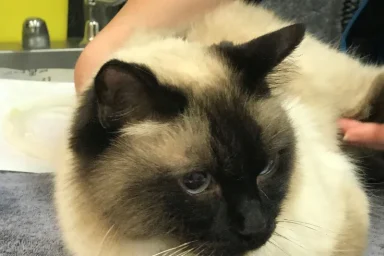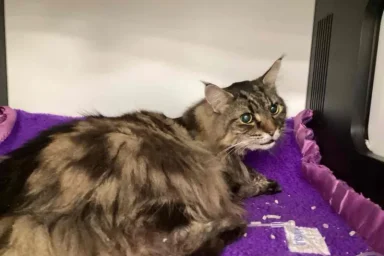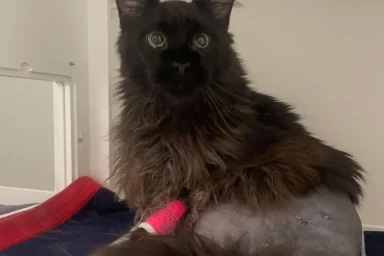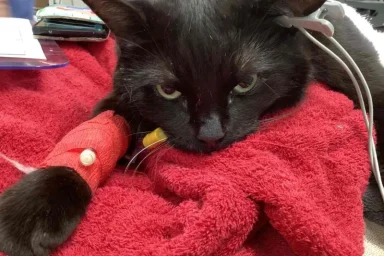
Lando’s long game with cryptococcus
Lando was referred to CSS because he had a swelling under his jaw that wouldn’t go away.

1-15 Lexington Rd, Underwood, QLD, AU, 4119

Lando was referred to CSS because he had a swelling under his jaw that wouldn’t go away.

Ares is a handsome young Maine Coon who was referred to CSS after presenting at AES with sudden lameness in his back leg.

Ares is a handsome young Maine Coon who was referred to CSS after presenting at AES with sudden lameness in his back leg.

Urinary tract issues are one of the most common reasons cats present to general practice. While the clinical signs often overlap, the underlying causes can vary significantly, from idiopathic inflammation to neoplasia.

Audiogenic seizures are set off by very specific sound triggers that are often sharp or high-pitched. They are more common in older cats, particularly Burmese, and can be easy to miss unless the pattern between the sound and the symptoms is recognised.

Anaemia in cats is a complex condition that often develops with other diseases and can be difficult to recognise. A thorough diagnostic approach is crucial to determine the type and underlying cause for appropriate treatment and management.

Radioactive iodine therapy is the gold standard treatment for cats with hyperthyroidism and the only curative solution. If you think that sounds too good to be true, see the before, during and after of the process, and read some patient case studies here.

Emergency triage for cats is how we ensure the sickest patients get help without delay. Based on an initial assessment, your cat may stay by your side or be taken out the back of the hospital for urgent care and treatment. Here’s what to expect from the process.

If something seems off about your cat’s toileting habits, act early. While feline urinary problems are common, the signs and causes range from manageable to severe. And if your cat needs ongoing care at home, you will have an essential role in their care.
Pet Owners
If you would like to talk about treatment for your cat, call us on 1300 228 377 or fill in the form.
In an emergency, please contact your local vet.
Vets and Nurses
To refer a patient or book a telehealth consultation please call us on 1300 228 377, book through the portal or fill in the form. For advice calls, please see the guidelines here.
 Monday-Friday: 8 am-6 pm
Monday-Friday: 8 am-6 pm